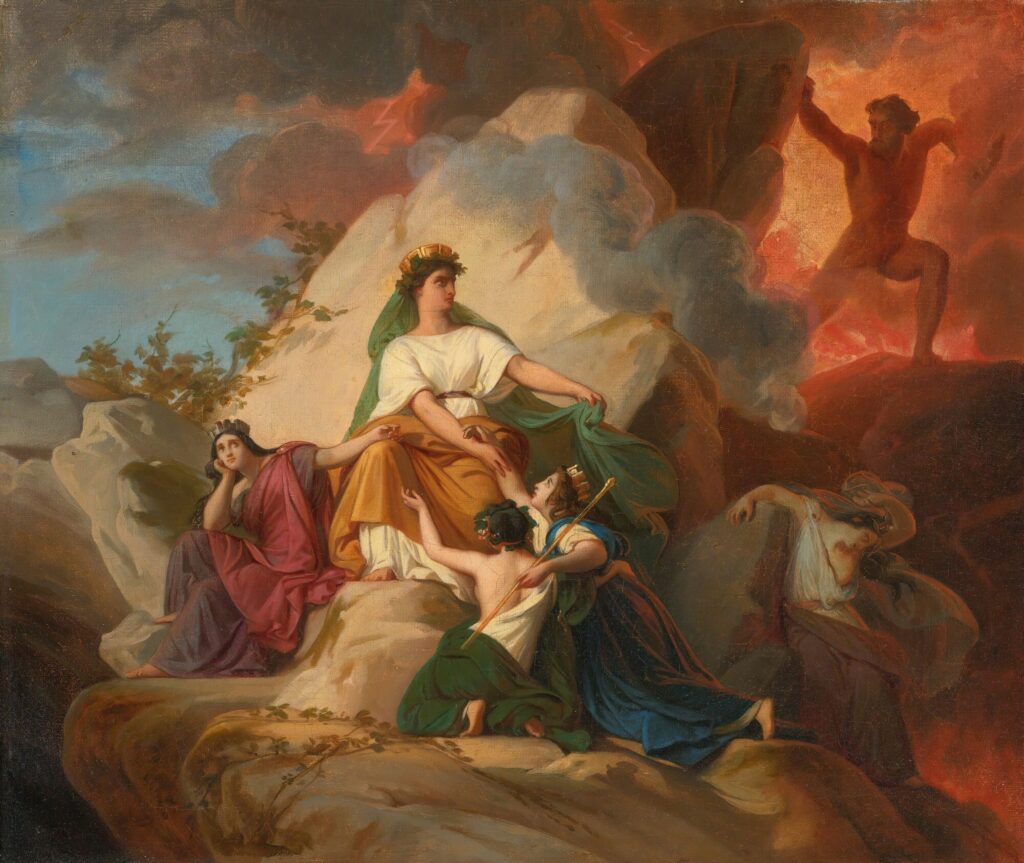
Epi Explained: Types of Outbreaks – Point Source, Continuous Source, and Beyond
Outbreaks occur when there is a sudden increase in the number of cases of a particular disease within a population. Understanding the different types of outbreaks helps public health professionals identify patterns, determine the source, and take appropriate action to control the spread. In this article, we will explore the major types of outbreaks, including point source, continuous source, and propagated outbreaks.
Frequently Asked Questions (FAQs)
What is a point source outbreak?
A point source outbreak occurs when individuals are exposed to a common source of infection over a short period, resulting in a rapid rise and fall of cases (CDC).
How does a continuous source outbreak differ from an intermittent source outbreak?
A continuous source outbreak involves ongoing exposure to a source of infection, while an intermittent source outbreak features sporadic exposures, leading to irregular case patterns (WHO).
What is the difference between a common source outbreak and a propagated outbreak?
In a common source outbreak, cases arise from a single source, such as contaminated food or water, while in a propagated outbreak, the infection spreads from person to person (CDC).
Can an outbreak be both point source and propagated?
Yes, a mixed outbreak begins as a point source but transitions into a propagated outbreak, as initial cases spread the disease to others (WHO).
What is an Outbreak?
An outbreak is defined as the occurrence of more cases of a disease than expected in a specific area over a particular period. Outbreaks can affect local populations or spread globally, evolving into epidemics or pandemics. The type of outbreak is determined by how the disease spreads within the population, helping epidemiologists develop strategies for containment (CDC).
Types of Outbreaks
1. Point Source Outbreak
A point source outbreak occurs when individuals are exposed to the same source of infection over a short period. This leads to a rapid increase in cases followed by a quick decline once the source is removed or the individuals are no longer exposed.
- Example: An outbreak of food poisoning where attendees of a wedding eat contaminated food and become ill within a few hours.
- Characteristics: Rapid rise and fall in cases, typically one incubation period. The epidemic curve shows a sharp peak (CDC).
2. Continuous Source Outbreak
A continuous source outbreak happens when the source of infection is ongoing, and individuals are continuously exposed over a prolonged period. This type of outbreak can persist until the source is identified and controlled.
- Example: A water supply contaminated by sewage that leads to cases of cholera spreading over several weeks.
- Characteristics: Gradual rise in cases, with a plateau rather than a sharp peak on the epidemic curve. Cases persist until the exposure is eliminated (CDC).
3. Intermittent Source Outbreak
An intermittent source outbreak occurs when individuals are exposed to the source sporadically. The exposure isn’t continuous, leading to irregular peaks of cases that come and go.
- Example: An outbreak of Legionnaires’ disease linked to a cooling tower that is only intermittently turned on.
- Characteristics: Irregular patterns on the epidemic curve with clusters of cases occurring sporadically (WHO).
4. Propagated Outbreak
A propagated outbreak spreads from person to person rather than from a common source. The disease spreads through direct or indirect transmission, resulting in multiple waves of infection.
- Example: An outbreak of measles in a school where the virus spreads from one student to another.
- Characteristics: The epidemic curve shows multiple peaks, with each new wave representing cases that arise from subsequent transmission (CDC).
5. Mixed Outbreak
A mixed outbreak starts as a point source outbreak and transitions into a propagated outbreak. This occurs when an initial exposure from a common source results in person-to-person transmission.
- Example: A group of people gets sick after eating contaminated food at an event, and then the illness spreads further through human-to-human contact.
- Characteristics: The epidemic curve will show features of both point source and propagated outbreaks (WHO).
6. Common Source vs. Propagated Outbreaks
One of the fundamental distinctions in outbreak classification is between common source and propagated outbreaks.
- Common Source Outbreak: Cases arise from a single source, such as contaminated food or water. It can be further divided into point source and continuous source outbreaks (CDC).
- Propagated Outbreak: The infection spreads from person to person, leading to a more gradual rise in cases over time (CDC). Generally, this sort of outbreak also risks affecting a larger geographic population and more people, if it isn’t curtailed.
Why Classifying Outbreaks Matters
Identifying the type of outbreak is critical for public health interventions. Each outbreak type requires different control measures. For instance, a point source outbreak might require removing a contaminated food product, while a propagated outbreak may require widespread vaccination or quarantine measures (WHO).
Conclusion
Understanding the various types of outbreaks helps public health authorities swiftly recognize the patterns of disease spread and take appropriate actions to control and prevent further infections. From the sharp peaks of point source outbreaks to the complex waves of propagated outbreaks, each type of outbreak provides valuable insights into how diseases spread in populations.
Humanities Moment
The featured image for this installment of Epi Explained is Cybele Opposing Vesuvius To Protect The Cities Of Stabia, Herculaneum, Pompeii And Resina by François-Edouard Picot (French, 1786-1868). François-Édouard Picot was a French painter known for his mythological, religious, and historical works during the July Monarchy. He won the Prix de Rome in 1813 and gained acclaim with L’Amour et Psyché in 1819. Picot painted major commissions such as The Crowning of the Virgin and works for the Galerie des Batailles, and was elected to the Paris Academy in 1836. He studied under François-André Vincent and Jacques-Louis David.
Thank you for reading this installment of Epi Explained. If you’d like, please explore the rest of our website for more concept explanations, research summaries, tools and more!
